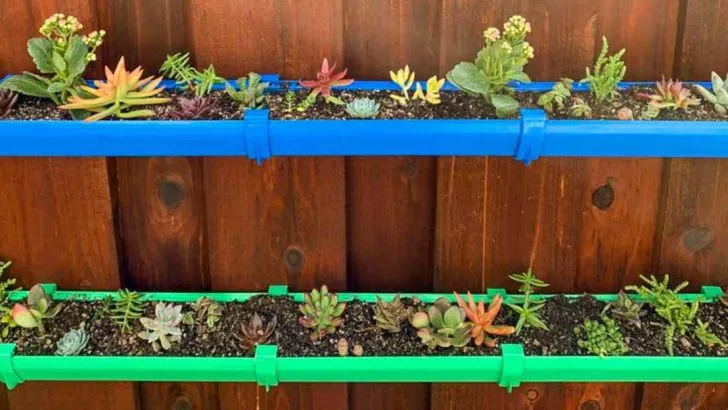Living in a small space doesn’t mean you have to give up on growing fresh herbs! A DIY vertical herb garden is a smart and space-saving way to cultivate your favorite flavors and fragrances—whether you have a tiny balcony, a small patio, or even just a sunny kitchen wall.
By growing herbs vertically, you can maximize your available space while adding beauty and functionality to your home. With a little creativity, you can repurpose hanging planters, wooden pallets, repurposed gutters, or even mason jars to create a lush, thriving herb garden in any corner of your home.
In this article, we’ll share 16 clever ways to build your own DIY vertical herb garden, so you can enjoy fresh, homegrown herbs no matter how limited your space may be!
Pallet Herb Wall
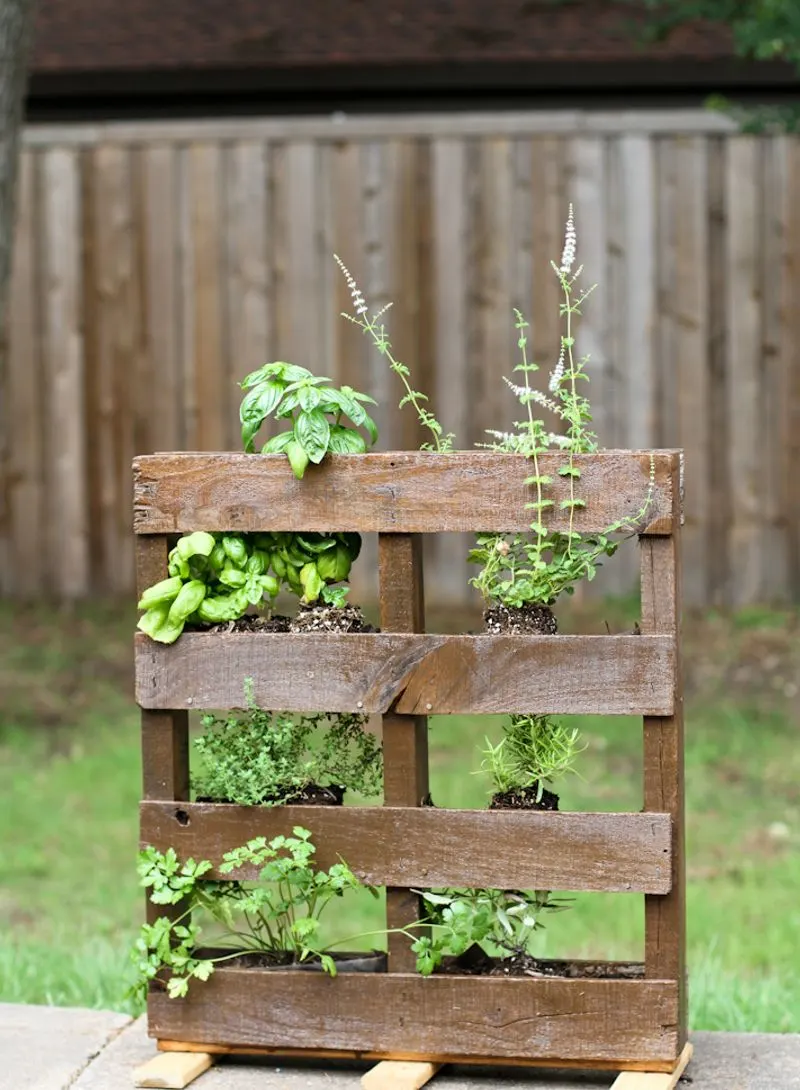
Consider transforming a used pallet into an herb wall for your garden. Simply secure the pallet to an outdoor wall, ensuring it’s stable, and place potted herbs of your choice in the slats. This method allows for easy rearrangement and maintenance. You might even add a splash of color by painting the pallet, making it a decorative feature. The vertical design not only saves space but creates a rustic charm, making it an ideal choice for those with limited room. Herbs like basil, mint, and rosemary thrive well in this setup.
Hanging Shoe Organizer
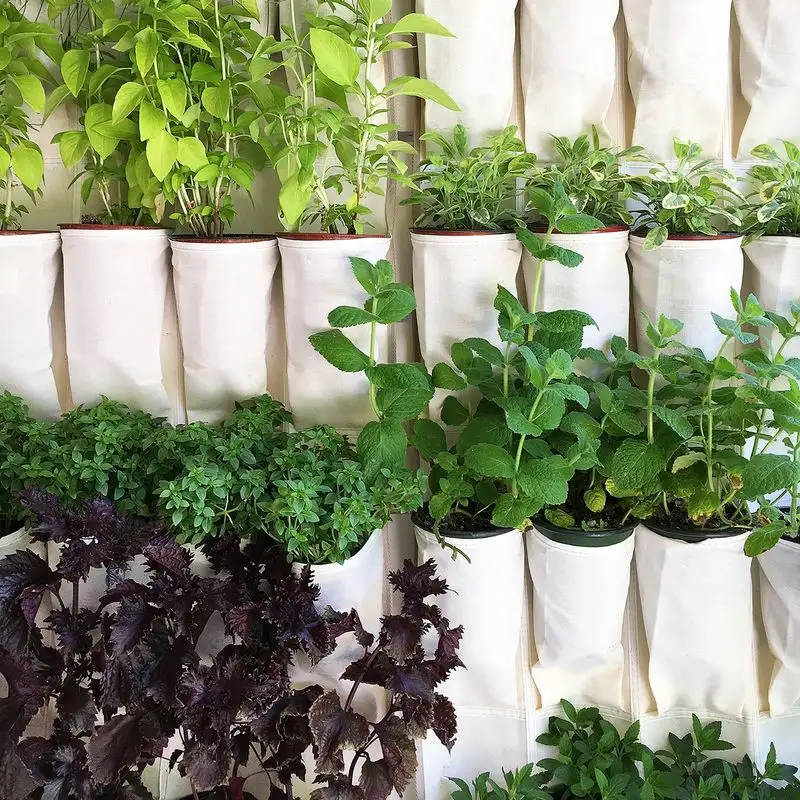
Repurpose a hanging shoe organizer to cultivate your herbs. Each pocket can host a different herb, offering a functional yet aesthetic garden solution. Hang it on a wall or door where it can receive adequate sunlight. This method is particularly suitable for apartments or indoor gardening. The pockets provide sufficient drainage, crucial for plant health. Consider herbs like thyme and oregano, which are well-suited to smaller compartments. This budget-friendly approach transforms unused vertical space into a productive herb garden.
Ladder Plant Stand
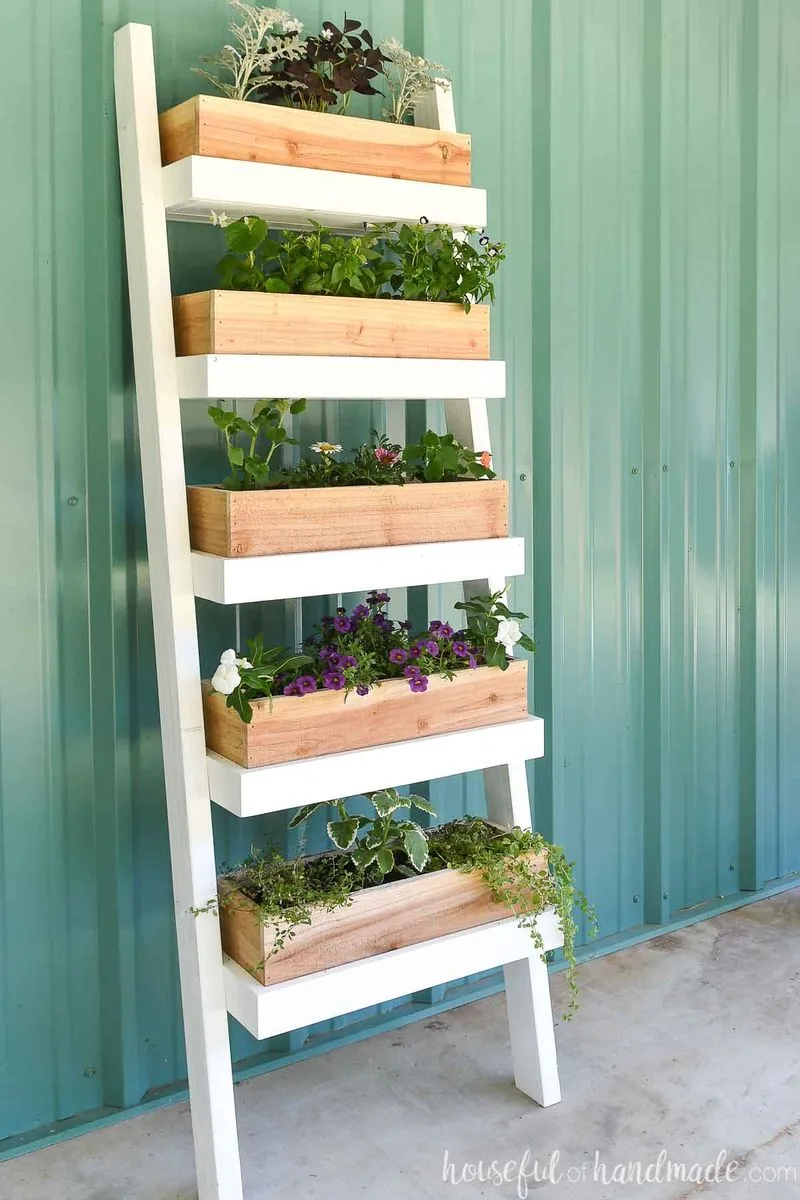
Utilizing an old ladder as a tiered plant stand is both innovative and practical. Position the ladder against a wall and arrange potted herbs on each rung. This vertical setup makes watering and harvesting convenient. You could even paint or treat the ladder to match your decor. This method allows for easy customization and can accommodate a range of plant sizes. It’s an excellent way to enhance a small space while keeping your herbs within arm’s reach.
Wall-Mounted Planter Boxes

Attach wooden planter boxes to an exterior wall to create a lush vertical garden. This method offers a neat and organized appearance, perfect for those who appreciate structure. Ensure that the boxes are securely fixed and have adequate drainage holes. Herbs like chives and parsley flourish in such settings. The wall-mounted boxes can be stained or painted to enhance the aesthetic of your outdoor area, providing both functionality and style in tight spaces.
PVC Pipe Planters
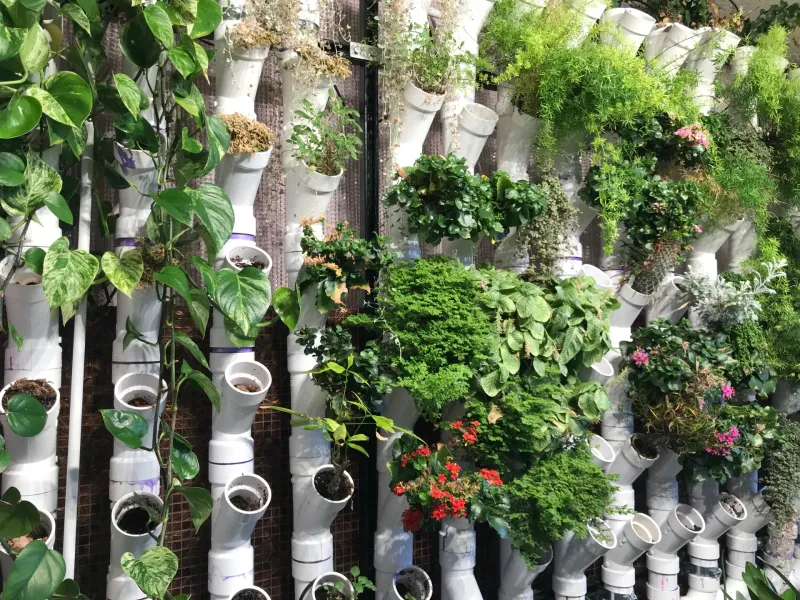
PVC pipes can be transformed into stylish planters with just a few cuts and some creativity. Cut openings in the pipes and mount them vertically or horizontally on a wall or fence. This unique setup allows for efficient use of space and can host a variety of herbs. The sturdy material supports plant growth while resisting environmental wear. Consider using different pipe lengths for a dynamic look. This method is perfect for urban gardeners looking to make the most of their limited areas.
Gutter Gardens
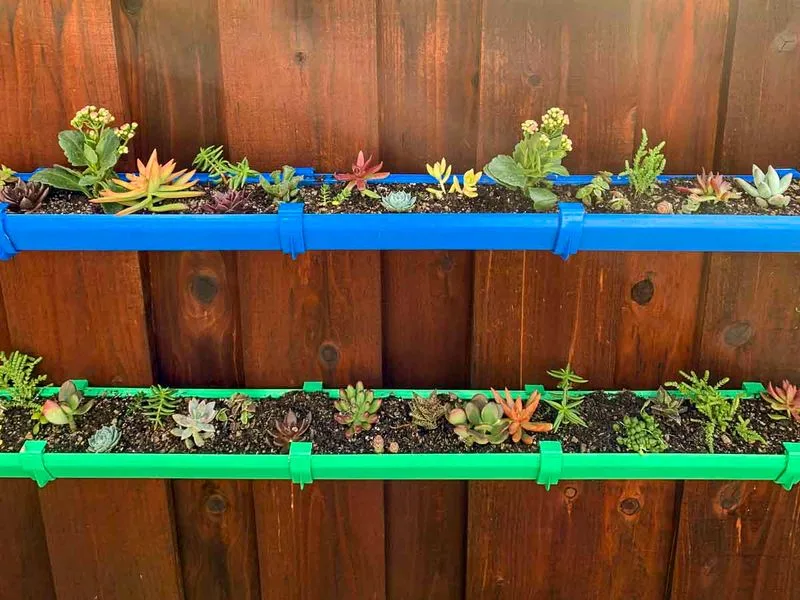
Old rain gutters can be upcycled into sleek herb planters. Attach them to balcony railings or walls, creating a series of troughs to grow your herbs. Ensure they have proper drainage to avoid waterlogging. This arrangement is perfect for linear spaces and provides easy access for care and harvesting. Use herbs like cilantro and dill, which thrive in shallow soil. The streamlined appearance of gutters offers a modern touch to any small gardening space.
Hanging Mason Jars

Mason jars offer a charming and compact solution for indoor herb gardens. Secure jars to a wooden board and hang them on a wall where they can receive sunlight. These jars are excellent for smaller herbs and can be moved as needed. The glass containers allow for monitoring soil moisture and root health. This setup not only saves space but adds a quaint decorative element to your kitchen or patio. Consider growing herbs like basil and mint, which flourish in this environment.
Vertical Pallet Garden with Pockets
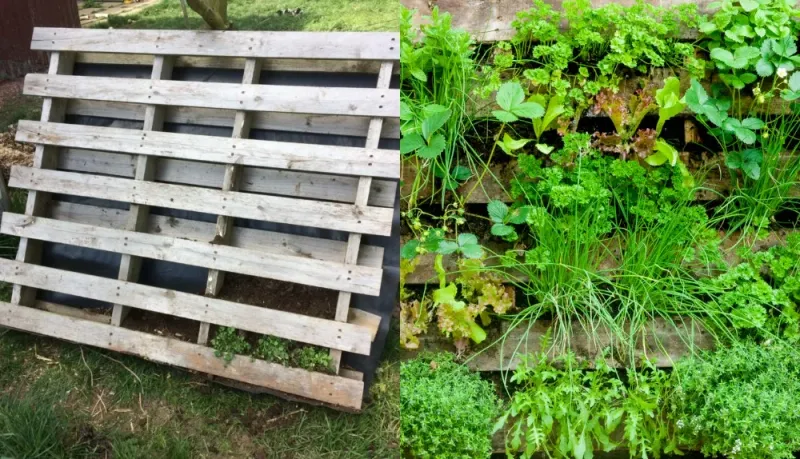
Incorporate fabric pockets into a pallet for a versatile vertical garden. The pockets allow for better soil retention and drainage, fostering healthy plant growth. Mount the pallet against a wall, making sure it receives ample sunlight. This method is adaptable and perfect for cultivating a variety of herbs in one place. Plus, it’s a creative way to recycle materials. Such a setup is ideal for small patios or even indoor spaces with sufficient light.
Tiered Hanging Pots

Creating a tiered arrangement with hanging pots is an artful way to maximize vertical space. Hang pots at different levels to form a cascading effect, allowing each herb optimal access to light. This setup is perfect for balconies or kitchens, bringing greenery to eye level. The tiered design also adds visual interest, making your herb garden a focal point. Choose lightweight pots to avoid strain on the supports, and opt for herbs like sage and basil that thrive hanging.
Vertical Trellis Planter
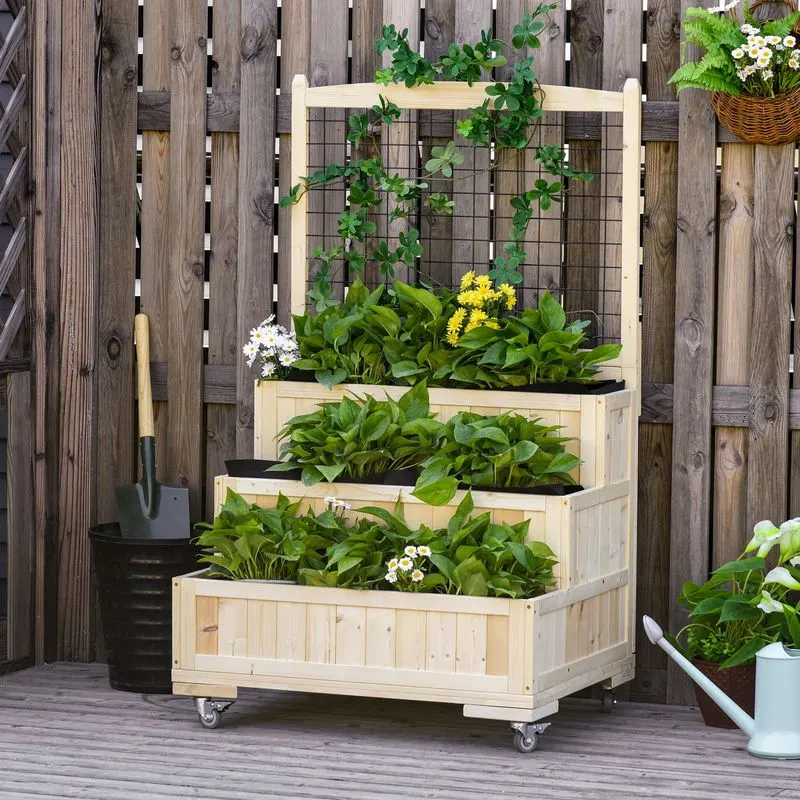
A vertical trellis can be an elegant solution for displaying herbs. Attach small pots or planters to the trellis and lean it against a sunny wall. This method allows for easy access and provides a structured look. The trellis can support climbing herbs or vines like nasturtiums, creating a vibrant and dynamic garden wall. It’s a flexible option that can be adjusted as your plant collection grows, maximizing your use of vertical space elegantly.
Repurposed Bookshelf Garden
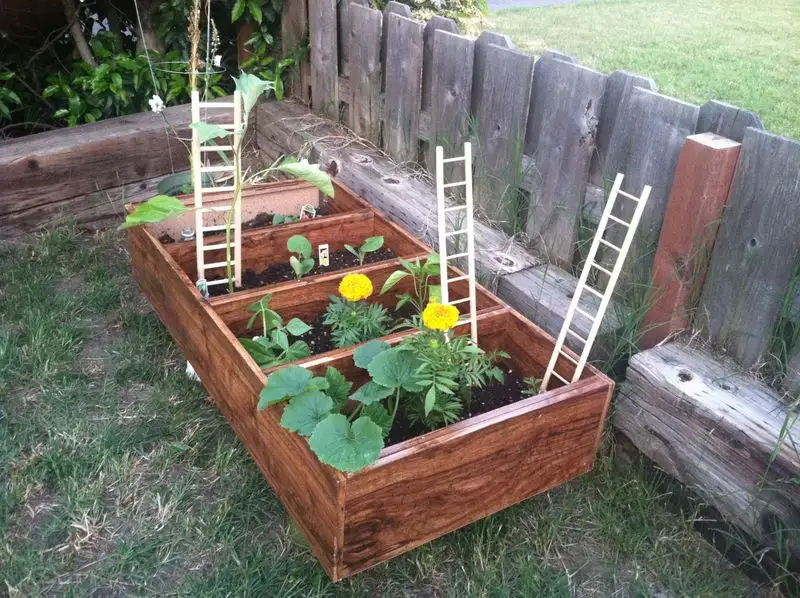
Transform an old bookshelf into a vertical herb garden by placing pots on each shelf. This approach is ideal for organizing different herbs while utilizing vertical space efficiently. The shelves provide ample room for drainage trays, keeping everything neat and tidy. This setup can be used indoors or outdoors, depending on your space. Choose herbs like rosemary or thyme that can adapt to various light conditions. Painting or treating the shelf can enhance its durability and blend with your decor.
Woolly Pocket Wall Garden
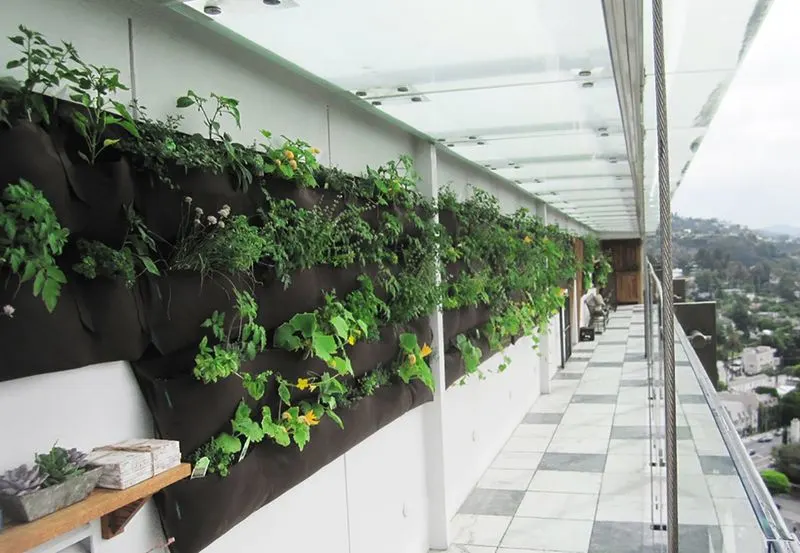
Woolly pockets offer a soft and flexible way to create a living wall of herbs. The fabric pockets can be mounted on any wall, providing excellent drainage and aeration. This option is perfect for indoor gardens where space is limited. The pockets come in various sizes, allowing for creative arrangements and easy maintenance. Use a variety of herbs to create a colorful and aromatic display, perfect for culinary enthusiasts. Their versatility and aesthetic appeal make them a favorite among urban gardeners.
Railing Planter Boxes
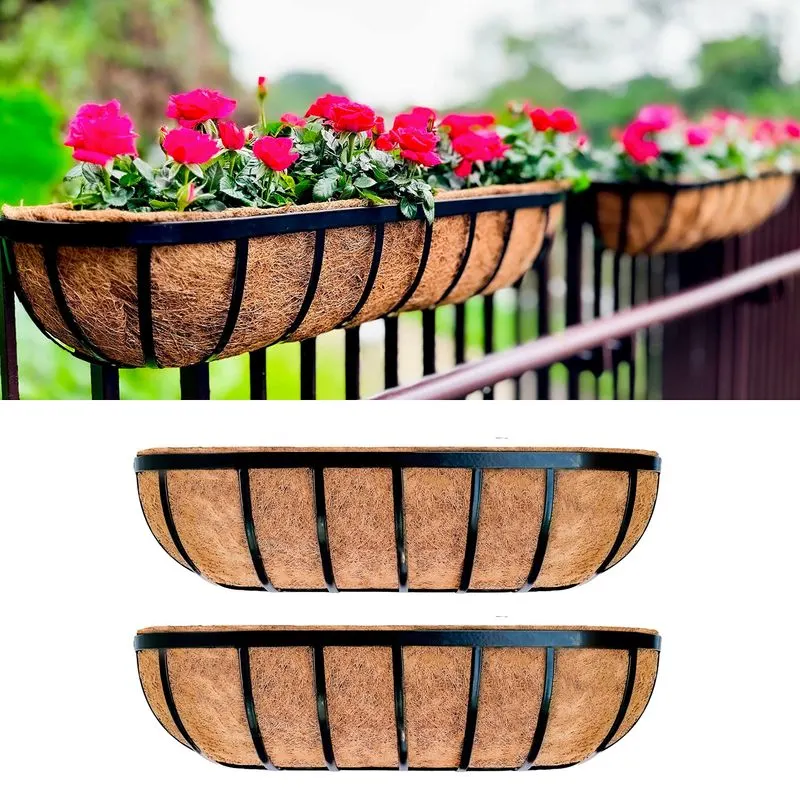
Railing planter boxes are a superb choice for balcony herb gardens. Attach them securely to your railing, ensuring they receive adequate sunlight. These boxes can be lined with plastic to retain moisture, promoting healthy herb growth. The railing planters create a neat and tidy garden without occupying floor space, making them perfect for small balconies or patios. Consider growing herbs like basil and mint that thrive in these conditions.
Pegboard Herb Garden

A pegboard offers a versatile and customizable approach to vertical gardening. Install a pegboard on a sunny kitchen wall and use hooks to hang pots filled with herbs. This setup allows for easy rearrangement as your garden grows or your needs change. It’s a practical solution for those who love to cook, keeping fresh herbs within arm’s reach. Opt for herbs like parsley and chives that are frequently used in cooking, enhancing both the decor and functionality of your space.
Stacked Planter Tower
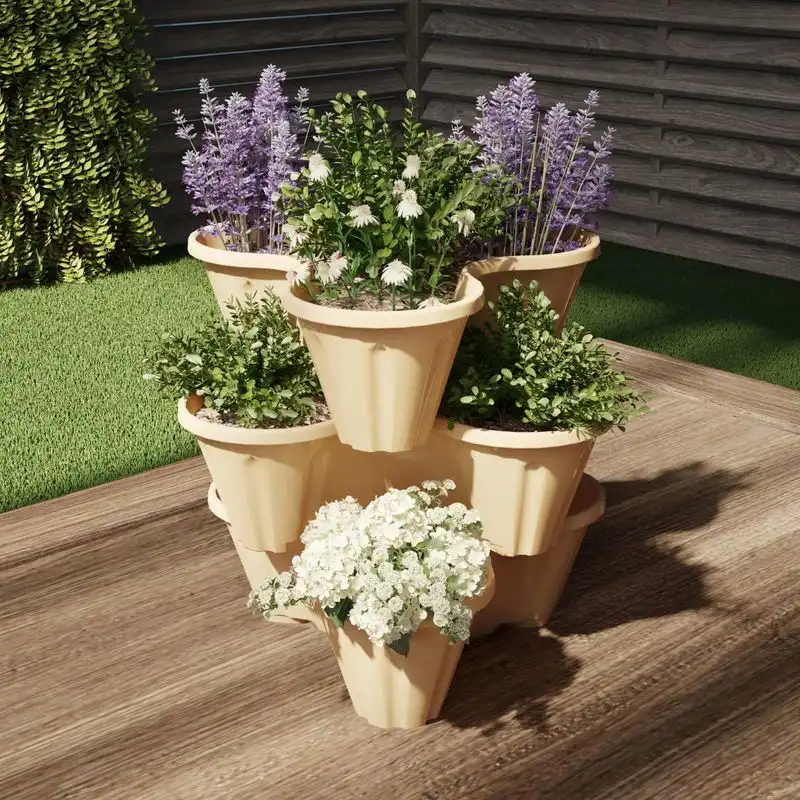
Create a planter tower by stacking pots in a tiered fashion, an excellent way to maximize vertical space. Each tier can house different herbs, allowing for diversity in a compact area. This method is ideal for patios or garden corners, providing a structured look and easy access. Ensure each level is stable and receives adequate light for optimal growth. Use this setup to experiment with various herbs, like oregano or cilantro, that can thrive in such environments.
Recycled Container Garden
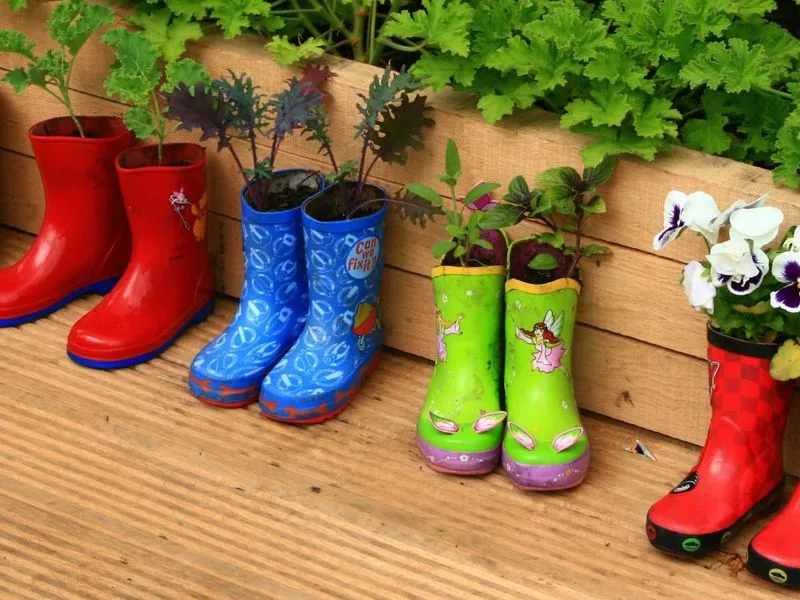
Repurpose containers like cans and bottles into a charming vertical garden. Secure them to a shelf or wall, creating an eclectic display of herbs. The recycled materials add character and sustainability to your garden project. This method is highly adaptable, allowing you to arrange containers creatively and efficiently. Select herbs that do well in smaller containers, such as chives or mint. This eco-friendly approach not only beautifies your space but also encourages the reuse of materials.

